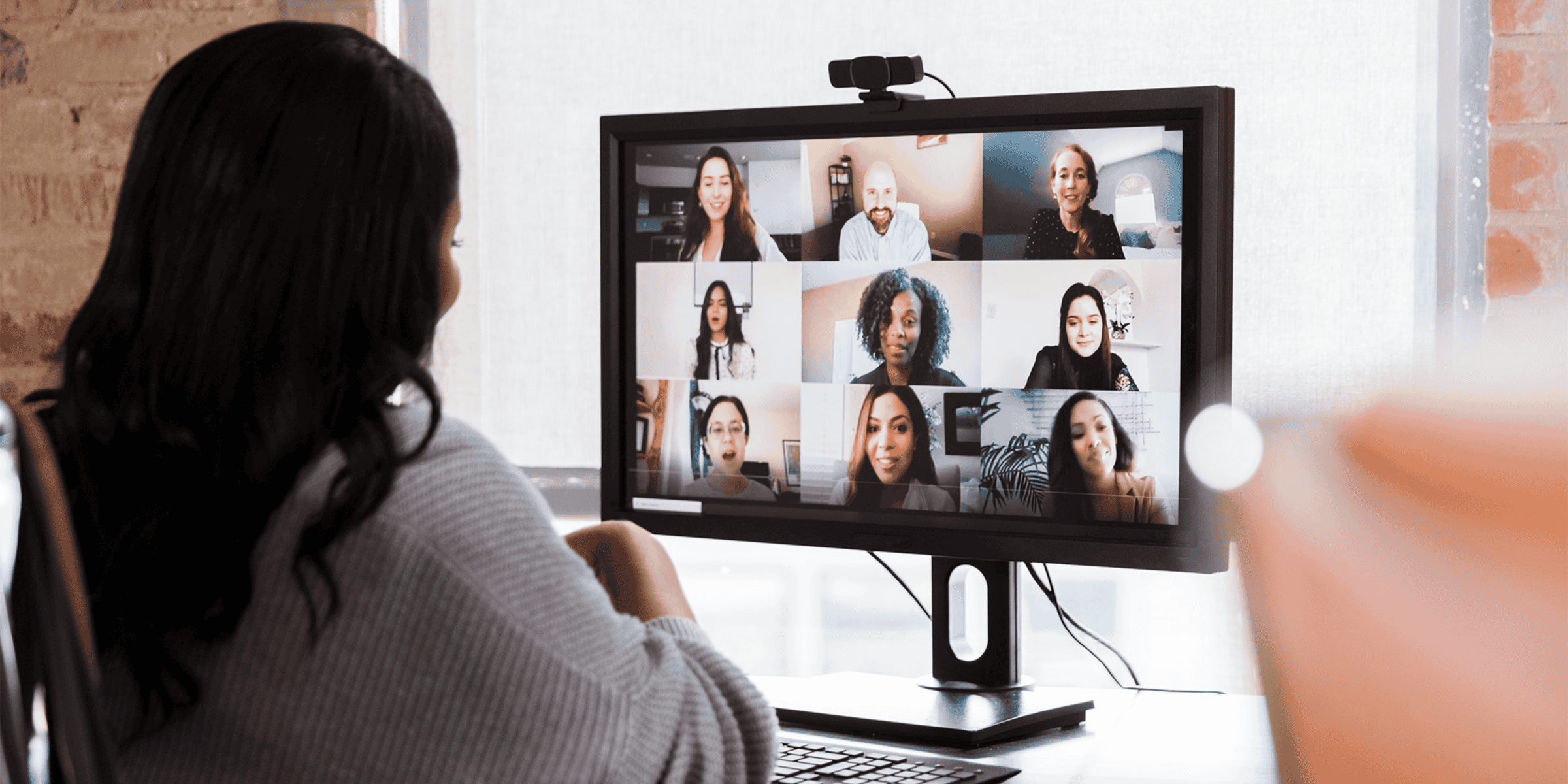Maintaining a Great Office Culture While Working Remotely

Part of an office’s atmospheric culture is interacting, engaging, and working with other employees in an environment unique to one’s company. In today’s current climate, office culture has been impacted largely by remote work.
For those who have always worked remotely, this shift in work-life balance hasn’t impacted culture too much. However, for those who have worked to construct and nurture a healthy in-person culture, this impact may be more difficult. While developing culture usually happens organically, it is now more important than ever to be intentional and redirect planning.
With the help of modern technology, here are actions that company leaders can take to ensure a successful and positive remote work culture:
Communicate intentionally: A lack of communication can develop among employees when working remotely. Because of this, it is essential to prioritize communicating intentionally, frequently, and differently. Since values direct company culture, it is extremely important that these values are reiterated company wide. Share what you’re working on, your successes, and any changes. Keeping others up to date allows employees to feel connected while dispersed. It is important that communication channels are open, allowing for two-way movement and the promotion of transparency.
Encourage structure: Through remote work, employees miss out on informal and unstructured communication between one another. Therefore, it is important to be deliberate in creating structured channels of communication and encouraging intentional ways for employees to experience one another live. This doesn’t mean more emails – it means using video calls, and other creative ways to engage on a more personal level. This encouragement of informal and formal communication structures allows employees to develop intimacy that is often missed when working remotely.
Prioritize fun: Even when a company’s workforce is not together it is important to maintain a sense of fun. Remote work presents the opportunity to be creative and increase communication to promote connectivity among employees. Examples of fun can include prizes for the best Zoom backgrounds, celebrating birthdays with music, acknowledging work anniversaries, and celebrating stellar employees as the “Rock Star of the Week.” Outside of work hours, consider hosting a virtual happy hour or a virtual family bingo night.
While adapting to a remote workforce can be challenging, it presents a great opportunity to be creative and think about doing things differently. The best thing leaders can do during this process is to maintain a contagious, positive mindset. If leaders emulate positivity and show that they are excited for change, it will encourage others to get on board. Positivity and workplace mindset will be the crux of sustaining a great office culture, even when the building may be empty.
Related posts
- Company Culture (29)
- For Companies (47)
- For Job Seekers (17)
- General (64)
- Industry Insights (29)
- Leadership (12)
- Live Link (1)
- News (24)
